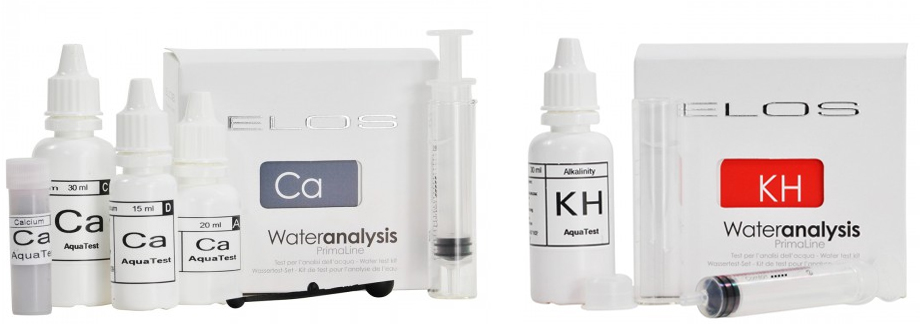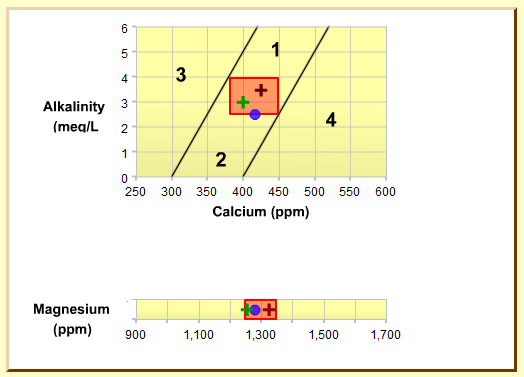Calcium And Alkalinity: A Beginner’s Briefing
Calcium and Alkalinity: A Beginner’s Briefing

Elos Calcium and Alkalinity Test Kits
Milk and batteries? What is this stuff?! You never thought keeping corals would require a slight knowledge of chemistry, did you? Do not worry! It does not have to be as scary as your high school chemistry class. In fact, I am going to make it as easy as possible to ensure people of all ages and educations can at least get started. With a quick idea of what these two words mean and how to manipulate their levels you can easily do it yourself and feel confident you are doing it right. One thing to first understand is that you will need a test kit and/or monitor, otherwise you will have no idea how much of what you may need. Never attempt to add any chemical you cannot test for or you risk a full tank loss. Now let us barely scratch the surface of a very deep set of topics, but give you just what you need to keep your tank happy as you learn the science behind the glass.
What is Calcium?
Calcium is extremely important in a marine aquarium. It is what corals use to grow their skeletons and is also used for maintaining an ocean worthy pH level. Your live rock and sand are mostly consisted of calcium. When live rock is exposed to low pH levels it dissolves and releases calcium in the water, thus raising the pH, or buffering it. Calcium reactors use this method to keep tanks stable. Even you need calcium! In a reef tank we aim for 500ppm, which we find with a test kit or monitor.
What is Alkalinity?
Alkalinity is the quantitative capacity of water to neutralize an acid. In the reef tank it is the measurement of how much acid needed to drop the pH to 4.5. Alkalinity control is extremely important and must also be tested. A high alkalinity level can cause calcium precipitation, which will cover equipment. A high alkalinity level will also cause the calcium to precipitate, causing the levels to drop. 125-200ppm is a good range to stay within.

image via http://reef.diesyst.com
How to Calculate Consumption:
The first thing to do is test the Calcium and Alkalinity level. Adjust either parameter with small doses of your supplement of choice until the levels are at the correct spot. Again, calcium should read 500ppm and the Alkalinity should be between 125ppm and 200ppm. Once you have the levels where you would like them, write down the exact reading somewhere safe. Wait one week and test the levels again. Subtract these readings from the levels you took last week. These numbers represent your weekly Alkalinity and Calcium consumption. Take these numbers and punch them into a handy reef calculator like this one: REEF CALCULATOR Now you know exactly how much to add. As your corals grow larger or as you purchase more it will be a good to retest your consumption rate and adjust your doses.
There are more automated ways to control such additives with aquarium controllers and calcium reactors. There is a huge range of products out there as well. Try to avoid mulit-purpose additives, as it may be hard to control levels of any given parameter. Using specialized additives is always preferred. Never dose without testing first. It is very easy to overdose. For more information and help with Calcium and Alkalinity check out the Chemistry Forum.
